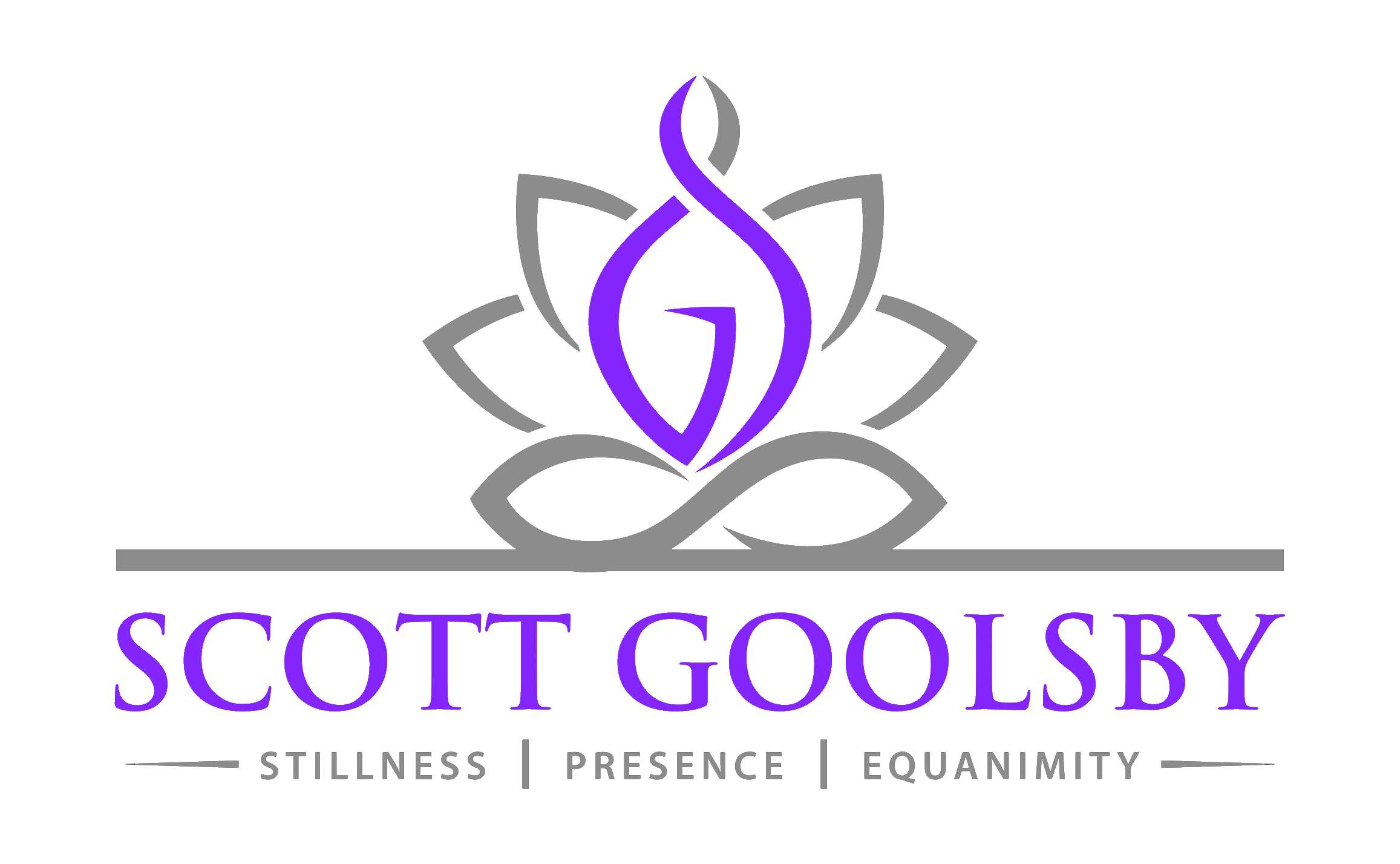To discover your limitations is the same as to discover your limitlessness. To discover your shadow is the same as to discover your light. To discover your humaness is to discover your Buddhaness. To discover you’re finite is to discover you’re infinite. -Anam Thubten
When we honestly ask ourselves the question, “Who am I?” We will be met with a litany of egoic false beliefs based on the stories we as individuals and as a society perpetuate. Many of these stories are limiting and defeatist. They perpetuate victimization, oppression, and the lie of separation. If we see that the true nature of everything, including ourselves, is, and always has been, pristine, luminous, and immeasurable, we begin to loosen the grip of the false beliefs. All we can ever really know is beingness because it is within this that everything arises.
One purpose of meditation is that of letting the mind be still so that it may calm itself. There are two primary types of meditation in Buddhist teachings. One is called shamatha, or calm abiding meditation. Here, we pay attention to the breath and allow the breath to calm the body and the mind. The second is called vipasyana, which gives us insight into the true nature of reality. This form of meditation is about inquiry. Inquiry into the nature of our thoughts, our beliefs, and the structures we believe to be ourselves and the outer world. We ask ourselves what is real, what is true and in doing such we come to the recognition that our guiding assumptions about ourselves and the world must be investigated. What is it that guides your life? What have you formed around your self that you see as so permanent and whole, but is essentially ephemeral? We cling to these beliefs about ourselves and the world, not disregarding their validity and assuming, because of our teachings and cultural indoctrination, that they are the abiding, ultimate truth of reality. Usually they are not. Usually they are lies.
Unexamined, these thoughts drag us around from one point of suffering and discontentment, towards some illusion of happiness that then dissolves and itself becomes another source of pain. We are frightened to ask the deeper questions of “Who am I? What are my beliefs? Are they true?” We are afraid to face our beingness in its luminous, naked state because we have falsely been led to believe that we must build fences and walls around us in order to be protected from thoughts and beliefs that themselves do not actually exist.
We want only to stick to these things that we think will cause happiness and we run from that which causes discomfort. But both of these are intrinsic parts of being. In essence, on the ultimate level, the distinction of happiness and discomfort do not exist. These are constructions of the mind. And if we open ourselves up fully, completely, to both experiences, we open ourselves up to the fullness of being. We stop becoming so deluded by egoic misrepresentations of value and wholeness and can come to the realization that it all always has been whole. And so are “we” whole and complete.

